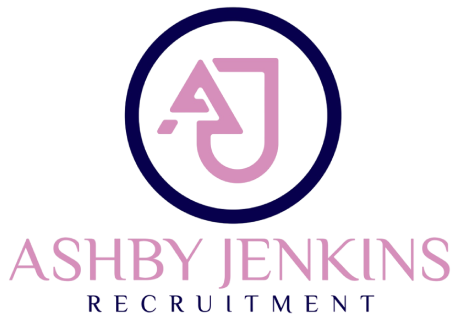Is your parental leave policy transparent enough?
Parental leave. Not something you’d expect to still be a taboo topic. In fact, we have seen so many strides forward in the working world regarding maternal, paternal and adoption leave with shared leave opportunities and an overarching move towards flexibility. At Ashby Jenkins Recruitment we’ve always been passionate about championing equality and now more than ever before we, as a sector, need to retain the talent we have. Recently we’ve had multiple interactions with people looking for their next job, where the decision whether to apply or not has come down to how transparent the organisation is with their parental leave.
The truth is candidates don’t feel comfortable asking about the details of parental leave packages at interview or offer stage, it can feel very revealing and personal and some feel it may hamper their chances by essentially saying ‘if you give me the job, how well will you pay me to take x months off?’
Recently we put together a survey asking ‘How important is a transparent parental leave policy to you when looking for a job?’ over 50% of respondents said it was very important, if not a deciding factor in their job search. In fact, 83% of participants deemed it to be important or very important which begs the question: with such a high percentage of jobseekers deeming the topic a factor in their search, what can we do to improve its visibility as a topic in the sector?
We have one and only one suggestion.
Be. More. Transparent.
It really shouldn’t be that simple, but really, it is. When you list your parental leave on your staff benefits, actually outline what the package is rather than shrouding it in mystery. Put it out there, publicly, on a website, in a recruitment pack. Open the conversation and make it easy for someone to find it. Don’t wait for a candidate to summon the courage to walk into a General/HR/Line Manager’s office to ask to see it, after they have already started in post. Don’t hide it in a footnote or appendix of a hard-to-find Handbook. Whatever it is, share it.
A great example of best practice from the sector is Hand in Hand International. It was a breath of fresh air to have an organisation celebrate their policy as a real benefit of working for the organisation. This charity offers employees 20 weeks full pay or equivalent to primary caregivers, and 13 weeks full pay or equivalent to secondary caregivers, applying this also to adoption or surrogacy. Furthermore, they offer five days of paid dependents leave per year.
Speaking with Dorothea Arndt, CEO, she shared with us what led them to make this decision:
“As an organisation dedicated to empowering women as entrepreneurs and breaking down the barriers they face, Hand in Hand offers a sector-leading parental leave package. We do this not only because we believe all jobseekers should have the right to make informed decisions about their working and family lives, but because it will help us attract candidates of the highest calibre, both male and female.”
Obviously, a lot of organisations within the charity sector may feel they cannot offer something quite so generous. But even then, why hide whatever it is you can offer? If your charity provides statutory parental leave, that is just as important for someone to know upfront. In fact, when information like this is perceived to be ‘hidden’ or hard to find, psychologically it perpetuates the idea that it’s a bad offer, which is by no means the case. More often than not, there will be something else the charity offers as an additional benefit, that will itself be a motivator in favour of roles/employers.
As an agency, we are committed to championing transparency for parental leave, and we will continue to support our candidates and clients to find the best approach that makes everyone feel informed, and likewise empowered.
Time to start the conversation.

